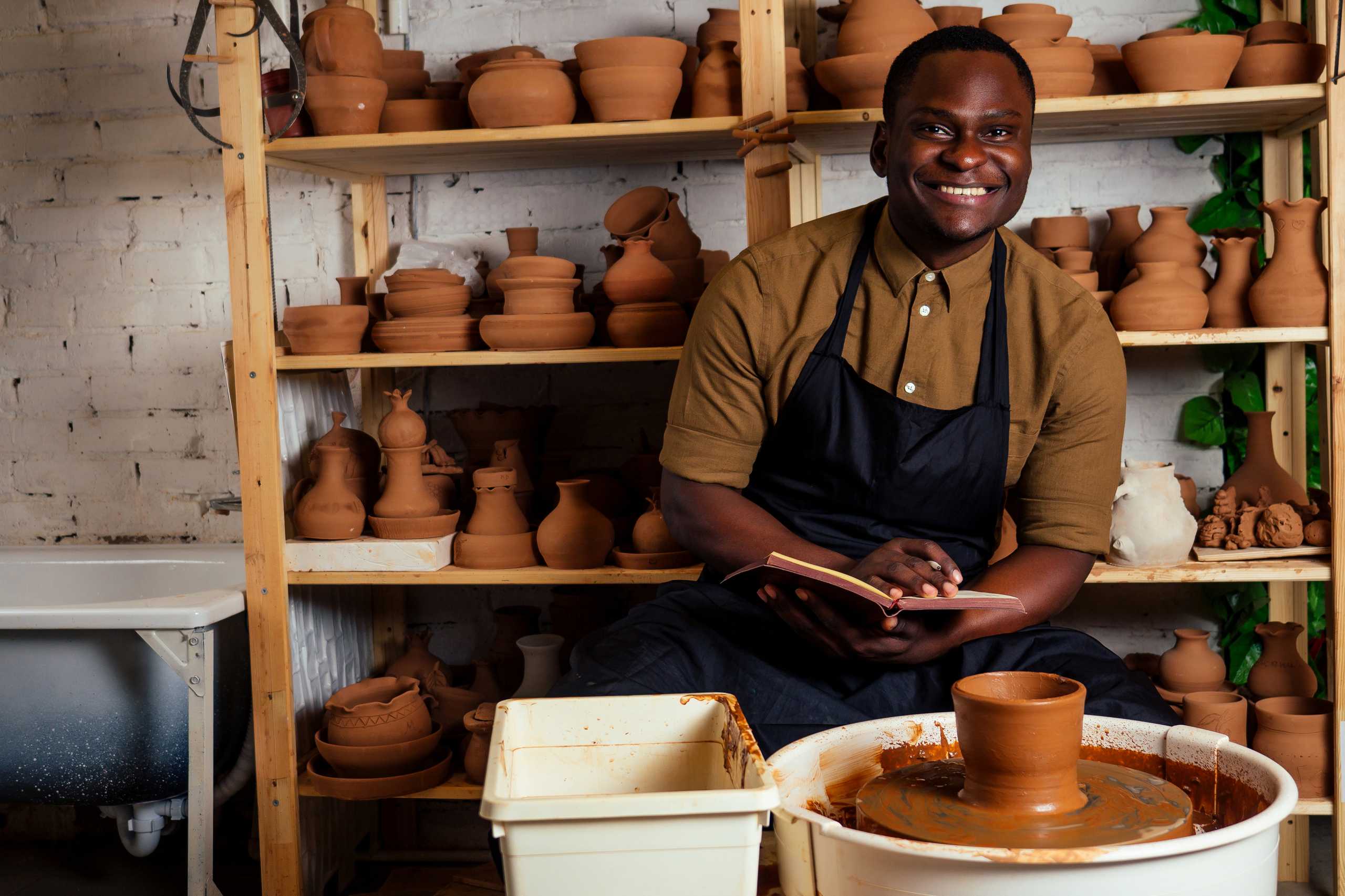The Joy of Handbuilding: Techniques for Every Potter

Handbuilding is one of the most versatile and accessible methods in the world of ceramics. Unlike wheel throwing, handbuilding allows you to shape clay directly with your hands, creating unique forms limited only by your imagination. Whether you are a beginner or an experienced potter, handbuilding techniques open a world of possibilities for your creative expression.
Exploring Key Techniques:
- Pinching: The simplest form of handbuilding, perfect for small bowls, cups, and decorative pieces. Pinching develops a sense of proportion and tactile control over the clay.
- Coiling: Rolling clay into long coils and stacking them allows for taller forms like vases and sculptural works. Coiling is excellent for learning how to maintain structure and smooth surfaces.
- Slab Building: Using flat slabs of clay to construct boxes, tiles, or more geometric shapes. Slabs teach precision, planning, and creative assembly.
Handbuilding is not only about creating objects—it’s a meditative process. Feeling the clay respond to your touch, experimenting with textures, and combining techniques gives a sense of fulfillment and calm. Many potters find that handbuilding nurtures both creativity and patience, allowing them to explore new artistic directions.
Tips for Beginners:
- Always keep your hands and tools slightly damp to prevent clay from cracking.
- Take time to explore textures—press leaves, fabrics, or stamps into the clay for interesting surface effects.
- Don’t be afraid to combine techniques; many unique pieces result from mixing pinching, coiling, and slab methods.
By embracing handbuilding, you gain a deeper connection to your craft. Each piece carries your personal touch, making it more than just an object—it becomes a reflection of your creativity and individuality.
